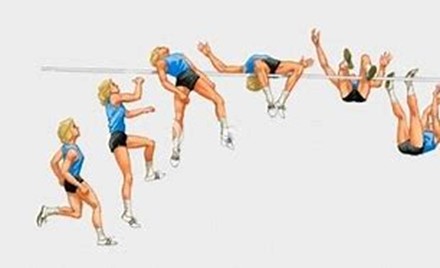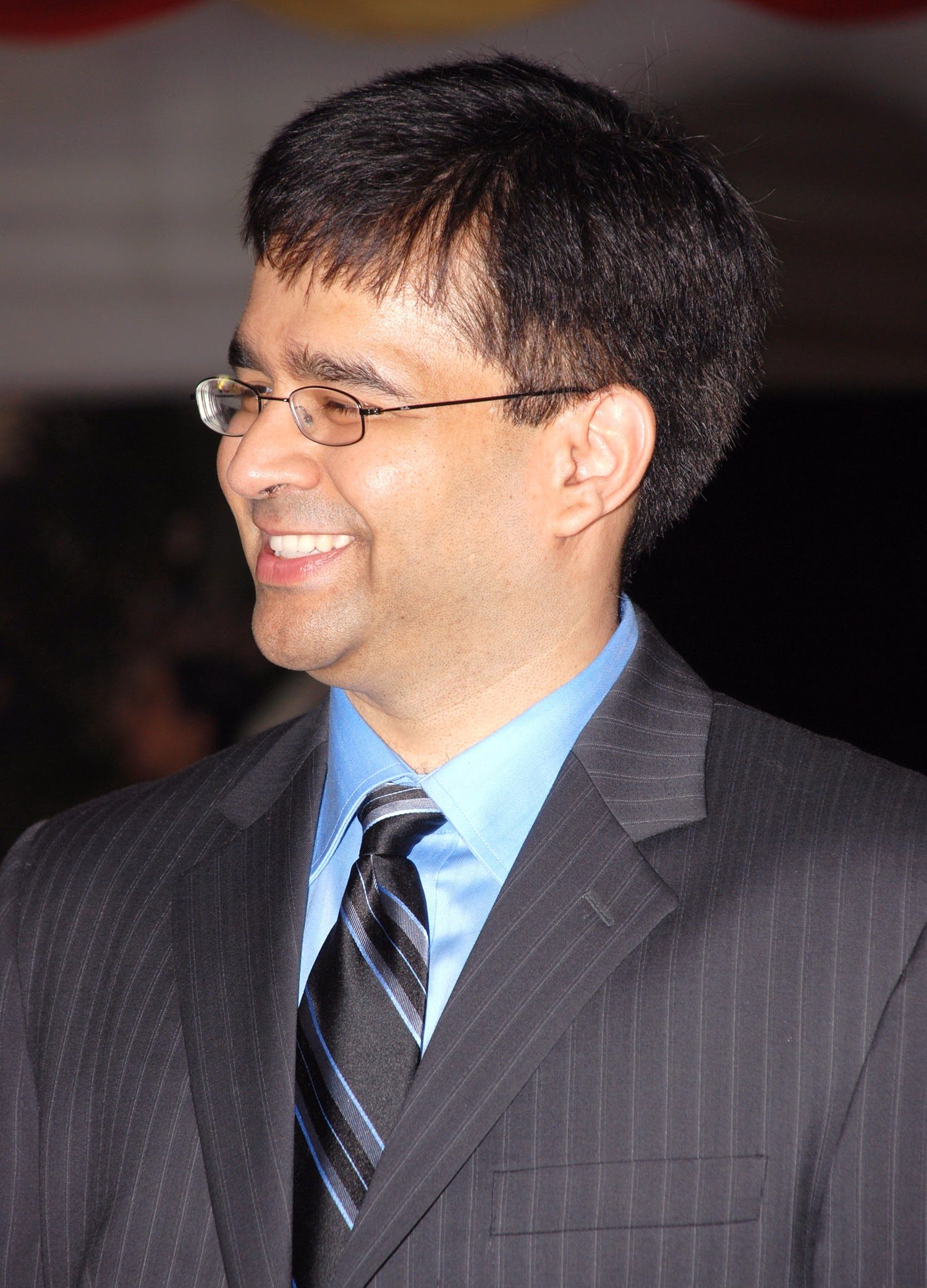There is a rule called the ten thousand hours rule. If you want to learn something world-class, you need to give ten thousand hours of deliberate practice time to achieve it. Then there is a good chance that you will achieve it. It involves ten thousand hours of practising the skill that you want to achieve; it will include practising and then succeeding or failing. You should measure the achievement/failure and seek some guidance from a coach based on his feedback. But life does not always give you the luxury of ten thousand hours. In such a case, what do we do? Squeeze the timeline, and Skip The Line!
I am sure COVID has played havoc with people’s lives. Many must have found themselves in a situation where they did not know where their next meal would come from. How were they going to pay the utility bill? Sometimes the problem is forced on you, and many times you do not find progress in what you are trying to achieve.



Richard Douglas Fosbury (born March 6, 1947) is an American retired high jumper considered one of the most influential athletes in track and field history. Besides winning a gold medal at the 1968 Olympics, he revolutionized the high jump event with a “back-first” technique, now known as the Fosbury Flop, adopted by almost all high jumpers today. His method was to sprint diagonally towards the bar, then curve and leap backwards over the bar, which gave him a much lower centre of mass in flight than the traditional method, shown in the first photo.
In 1960, Fosbury was an average high jumper, and his career was not going anywhere. His coach insisted that he follow the conventional technique, called upright scissors technique! It involved running towards the bar, jumping forward and swinging the front leg over the bar. He remained an average jumper. Then one day, he experimented with the method of jumping backwards. He not only did better but soared higher and went on to become the Olympic Gold medallist. Fosbury Flop is now the standard method for the high jump the world over displayed step by step in the second photograph.
What happened? He experimented and tried a totally new technique compared to the conventional approach. He was not afraid to try out and probably squeezed the ten thousand hours to a thousand hours or maybe even a hundred hours—this the power of not being afraid to experiment.
Consider the case of the Brazilian superstar Pelé. He never played football till the age of 15. He was born in a poor family and lived in the slums. At 15, he joined the club Santos FC. When people are generally selected to play at such a prestigious club, they are expected to have completed their ten thousand hours of grind. But within a year, Pelé went on to play for the national team and became the most famous and liked player in the world! Pelé used the technique of “borrowing” the hours. He never had access to the sophisticated equipment required to play football in childhood because of poverty. Instead, he would play another popular game called futsal. In futsal, the ball and the hardcourt is on a much smaller scale than in football. Hence the players have to have a great passing technique and footwork. Playing futsal made Pelé think and play faster in football than other players. He simply borrowed the hours from futsal and became an all-time great in football. Pelé was a kid when he switched over to football. He must never have thought about the end result of the switch he was doing. Being detached is the most important rule for skipping the line. He simply followed his passion which allowed him to achieve greatness. Trying something new without any restrictions is a way to succeed.
Generating some ideas every day can lead to one’s success in the career. Which idea will work under different circumstances is difficult to judge when you are trying something new. But if you do not add new ideas, you will never succeed. Similarly, subtracting ideas is also equally important. You want to do something new, you get different opinions. You think, but you are really not sure. Then something will come into your mind which will prevent you from attempting new ideas. You may start thinking that if I do not do a certain thing, then you will not succeed. But you are afraid to take that decision. You do not want to subtract that idea or remove that idea from the scheme of things. The way adding a new idea is meaningful; subtracting something is equally essential. We are afraid to stop doing something or removing something because we have been doing it for years. Do not be scared. Addition and subtraction are the two sides of the same coin.
You will wonder if I am writing a treaty on Maths. The following ideas will be multiplication, division and procreation. The classic example of the multiplication of ideas is Amazon. They started by selling books online. If we see, we will have to search what they do not sell online. There are some ideas which start big but end up into a small focussed job. That is like division.
iPhone is an idea made by combining the concept of a cell phone and iPod into one device. These two ideas apparently had sex and procreated iPhone.
Unless you think of something new and are not afraid to do it, you cannot really succeed. It is possible to transform fears into an opportunity. Innovations happen when you push boundaries. Unless you are comfortable with fear, you can never succeed. Do not forget that failure can be the first step towards your success. Only thinking does not lead you to the path of success. Do something different, something unexpected.
On March 27, 1994, the world discovered a player that would take the game of cricket by storm in the coming decades. In 1994, Sachin Tendulkar opened the innings, in a one day game, for the first time in his career, and the rest, as they say, is history. Then, captain Mohammad Azharuddin asked Tendulkar to open the innings in the absence of Navjot Singh Sidhu, who was out of the game with a stiff neck. Tendulkar was asked to open the innings, and it turned out to the turning point in his career. It was Azharuddin’s out of box thinking, an innovation that changed the face of one-day matches! Till that point, for about 80 one-day games, Sachin batted at number 6 or 7 and was known to be a hard-hitting average batsman. Credit goes to Azhar, who understood Sachin’s talent and took a bold decision.
You may be Sachin, but we need an Azhar too to think boldly! He skipped the line!

